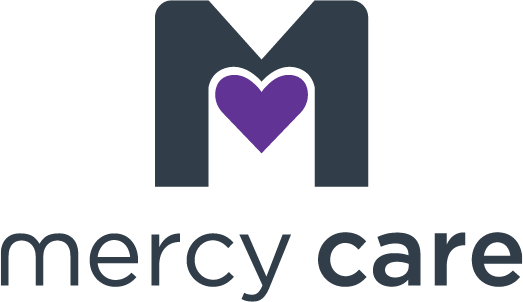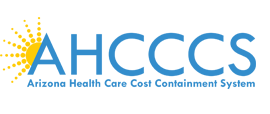
Have a question about your new prescription? The pharmacist is your go-to expert. This seems self-evident; however there are many other ways that pharmacies can play an important role in drug abuse prevention efforts.
First, let’s revisit the initial premise: the pharmacist’s advisory role. Many people rely on their doctors for instructions on how to take their medicine, but a pharmacist can be a more easily accessible, knowledgeable resource for patients. They can provide more nuanced information and warn of side effects to look out for. They can also educate on safety concerns regarding over-the-counter medicines, an often overlooked cause of accidental overdose and drug interactions.
The American Academy of Pediatrics has reported that emergency department (ED) visits and calls to poison control centers have been on the rise. Common medicines like Acetaminophen have, what the FDA calls, a “narrow margin of safety,” that is the difference between the dose that helps and the dose that can cause serious harm is very small. Your pharmacist can provide life-saving clarifications on even the most familiar medicines.
Pharmacies often provide “take-back” receptacles for expired or unused medicines. We all play a part in keeping the children and teens in our lives protected from the dangers of taking medicines to get high. Safeguarding and safe disposal are essential, especially considering that nearly 1 in 5 teens in Arizona report having abused a prescription pain reliever by the time they finish high school.
There was an uptick nationally in methamphetamine use from 2012 to 2013. Pseudoephedrine (PSE) cold medicines, available over-the-counter, are used to manufacture meth in kitchen labs. In response to this scourge in communities, nearly 30,000 pharmacies across the country are taking it upon themselves to sell “meth-resistant” PSE cold medicine. In some areas, this change has resulted in a significant drop in the number of meth labs in residential neighborhoods.
Dr. Gerald Gianutsos, Associate Professor of Pharmacology at The University of Connecticut, says poison control data indicates that DXM abuse has increased 10-fold over the years 1999–2004, with a 15-fold increase among adolescents aged 9–17 years. In order to stem the damage to youth, families and communities from DXM abuse, pharmacies in many states are voluntarily placing age restrictions on the sale of DXM-containing products and limiting the allowable amount for purchase at one time.
Remember to turn to your pharmacist the next time you have questions and concerns, not only about taking your medicine, but also regarding the bigger picture of prevention on a community-wide basis.













